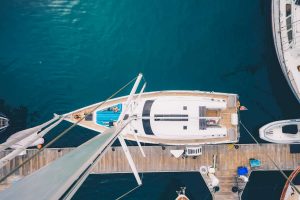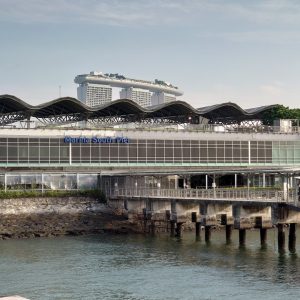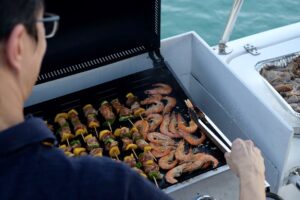Although Singapore is well known for its high population density and decades of land development and reclamation, there are still an array of marine life and marine creatures that exist in the sea and marine parks.
You can find plenty of marine creatures and wildlife in Singapore in the following places:
- Bukit Timah Nature Reserve
- East Coast Park
- Pasir Ris Park
- Sisters Islands Marine Park (Coral reefs and sea turtles)
- Pulau Ubin (Greater mousedeer, Ashy Roundleaf Bat, Lesser False Vampire, saltwater crocodile)
- Pulau Hantu (Fiddler Crabs, Hermit Crabs, Mudskipper, Clams)
- Botanic gardens (Pied oriental hornbill)
- Changi beach
Singapore is home to almost 200 species of marine life which includes hard corals, smooth-coated otters, sea snakes, turtles, sea cows and even dolphins.
Here are 10 unique marine life you can find amongst the large array of Singapore’s wildlife
1) The Blue-Barred Parrotfish
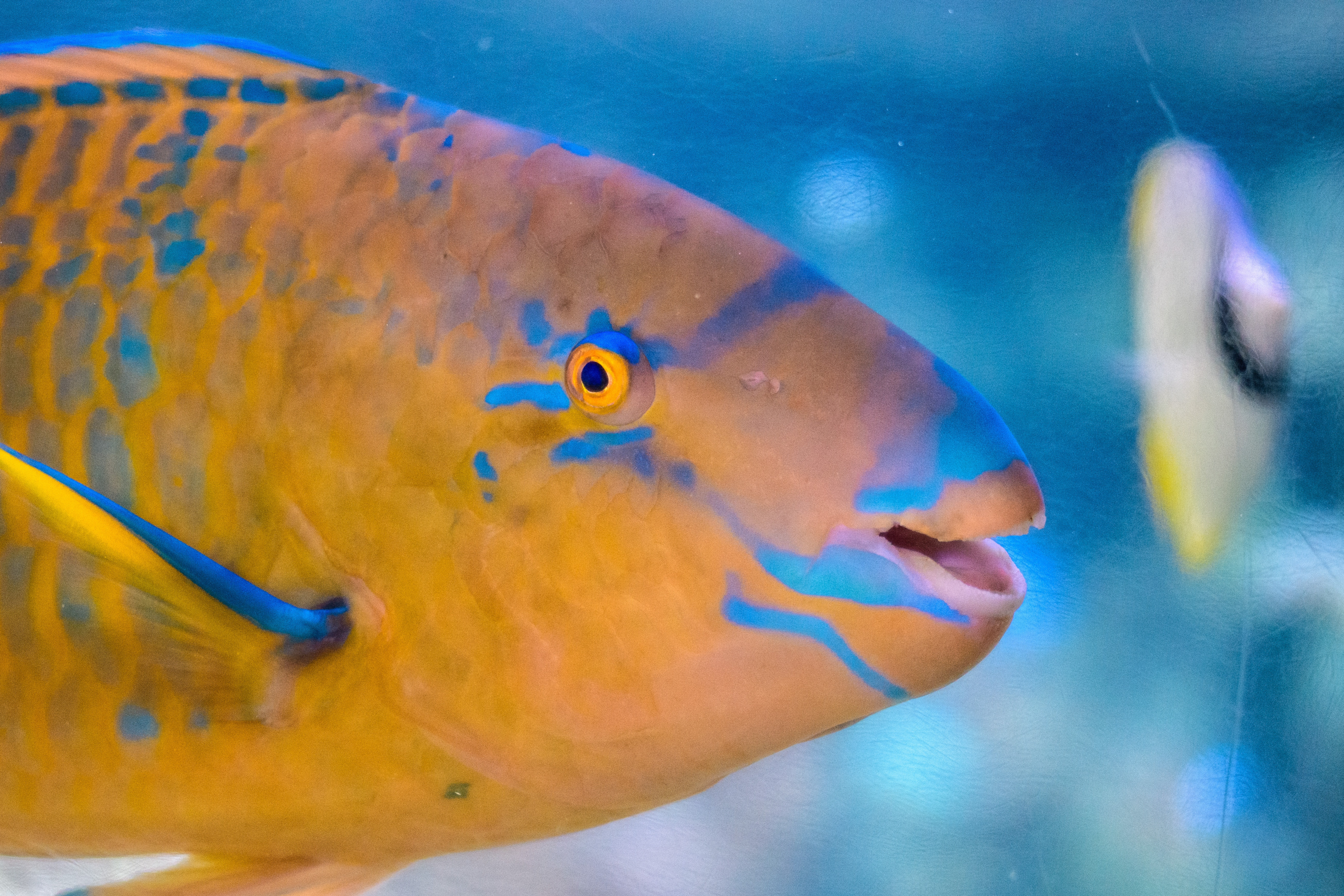
Also known as the scarus ghobban, this is a species of marine wildlife in Singapore that comes from the marine ray-finned fish in the family of Scaridae.
It has a set of tough, beak-like jaws with numerous teeth that are arranged in a tightly packed mosaic.
Parrotfishes also use their strong jaws to grasp algae from coral reefs during which they accidentally break apart little bits of coral.
This process forms part of the natural bioerosion process in reefs surrounding Singapore and results in the creation of sediment on the seabed.
As they are reef fishes, you will find them during a dive near an island or even in a market on the mainland.
It is advisable not to buy them as they are important in maintaining the health of the coral reefs in Singapore.
2) Seahorses
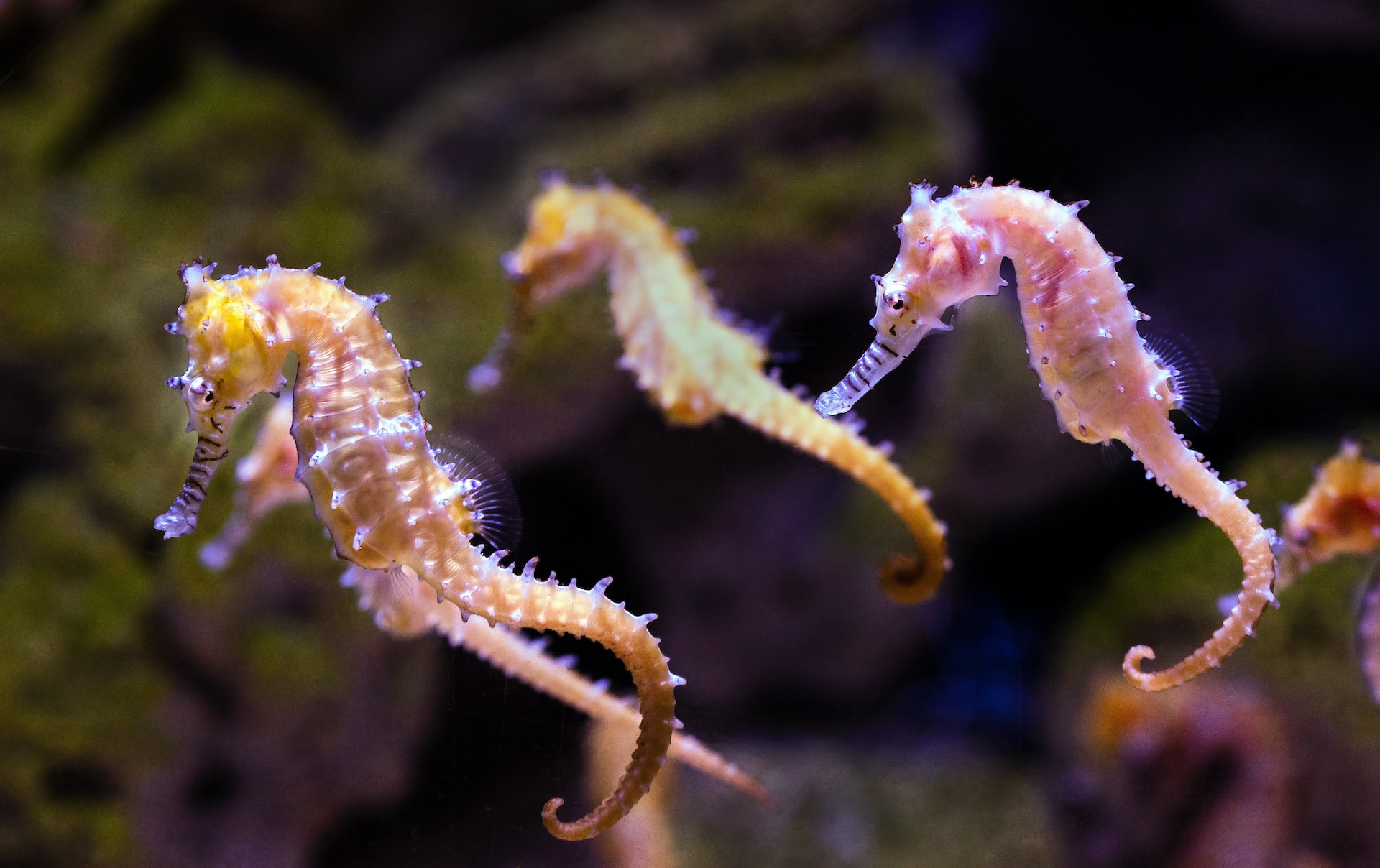
Also known as the Genus Hippocampus, this peculiar-looking fish prefers to hide amongst the organisms that grow along the sides of the seawalls or berthing pontoons meant for docking a boat instead of swimming in the open.
They are also one of the only three species in the world where the males go through pregnancy.
3) The Copperband Butterflyfish
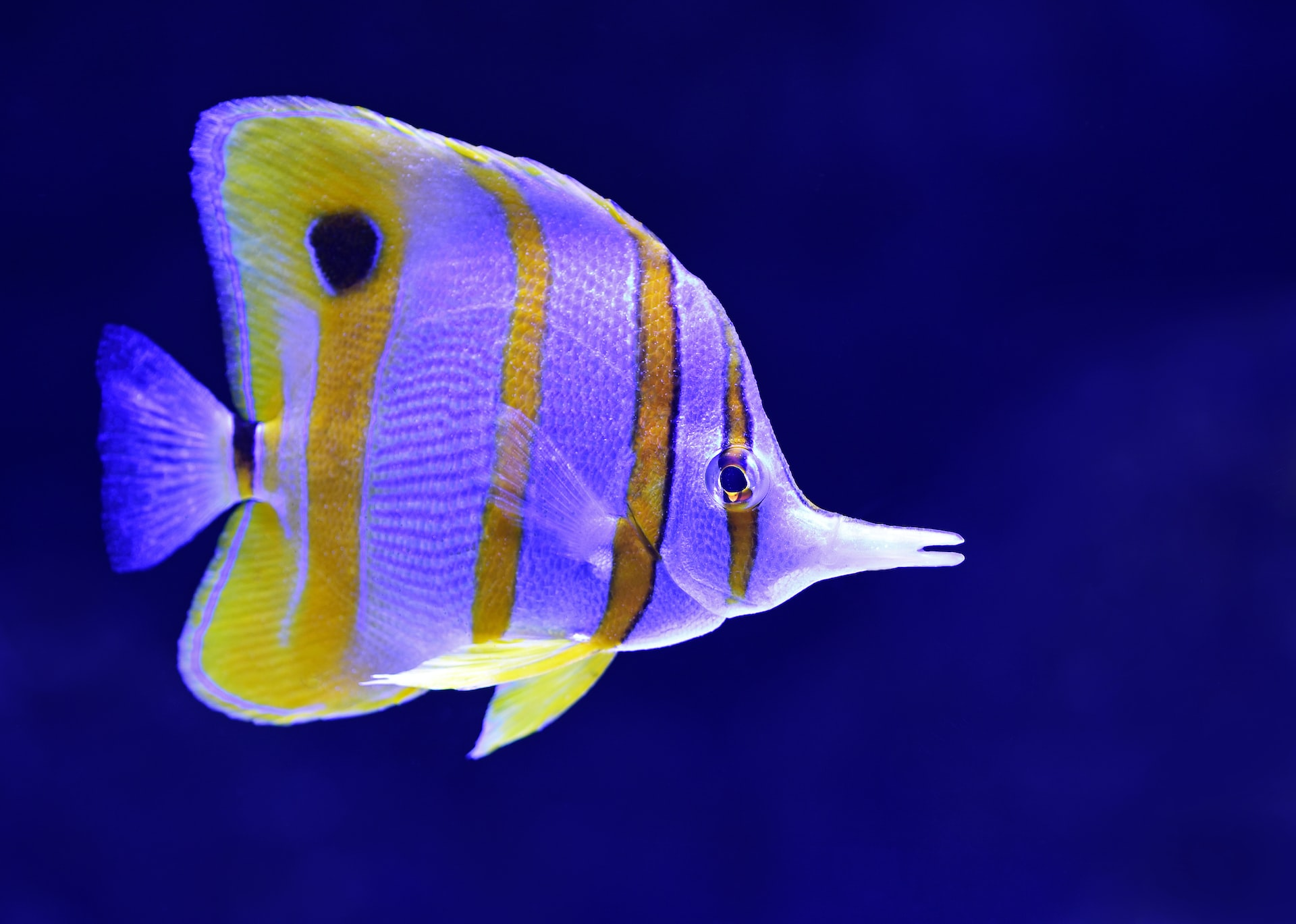
Also known as the Chelmon Rostratus, it is one of the three long-beaked species that make up the genus Chelmon.
It has colourful patterns that gently flutter throughout the pillars and pontoons in our marinas.
You can find it feeding on coral polyps or small invertebrates and its presence amongst coral reefs usually indicate that the reefs are in good health.
4) The Three-Spot Frogfish
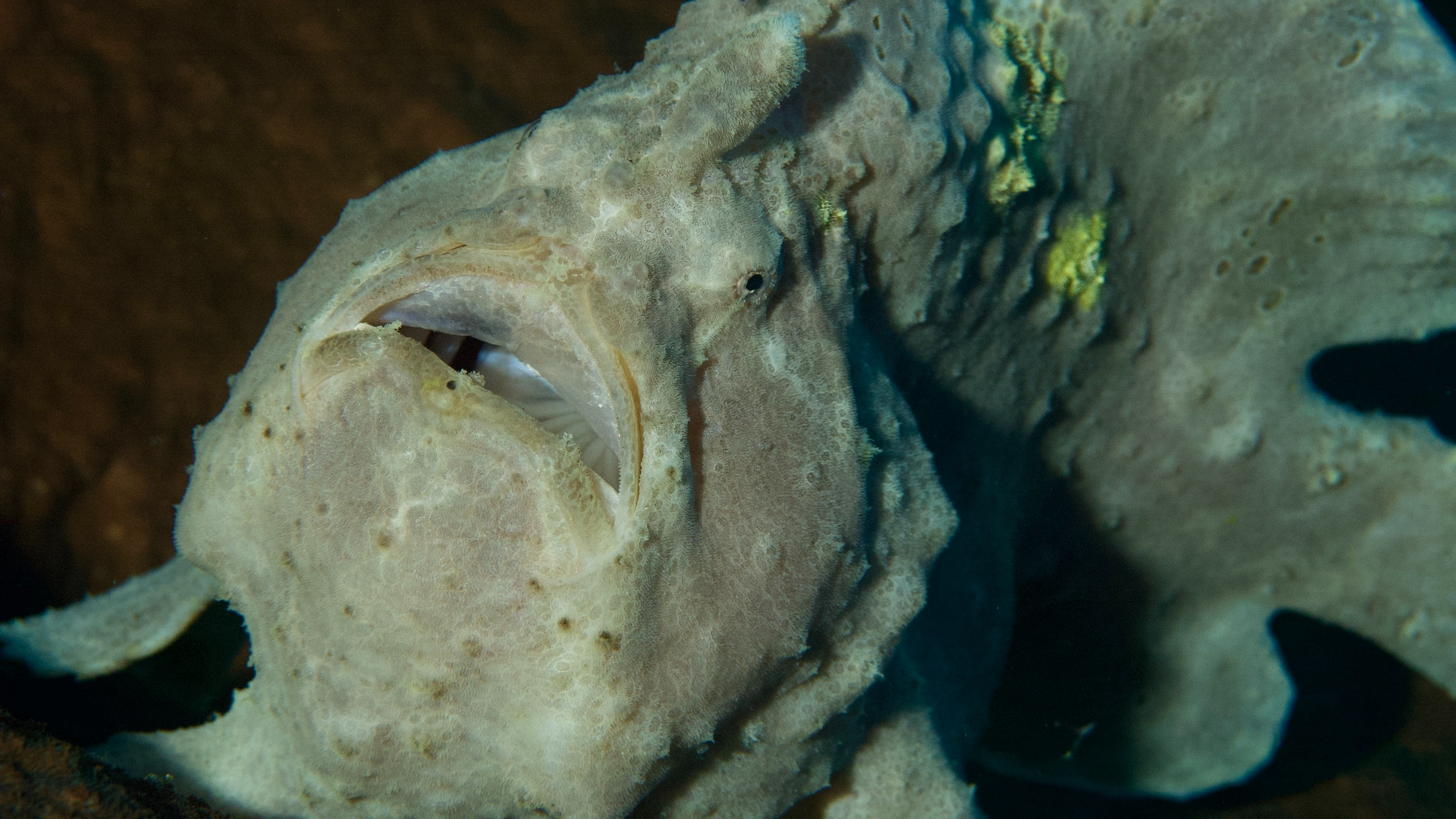
Also known as the Lophiocharon Trisignatus, it is a member of the anglerfish family Antennariidae.
It has a stocky and bumpy build and an unstreamlined body that makes it ‘walk’ across surfaces with its fins rather than swim.
Having a status as a near-threatened creature on the IUCN Red List, you may still be able to spot it along Singapore’s marinas.
5) The Blue-Spotted Fantail Ray
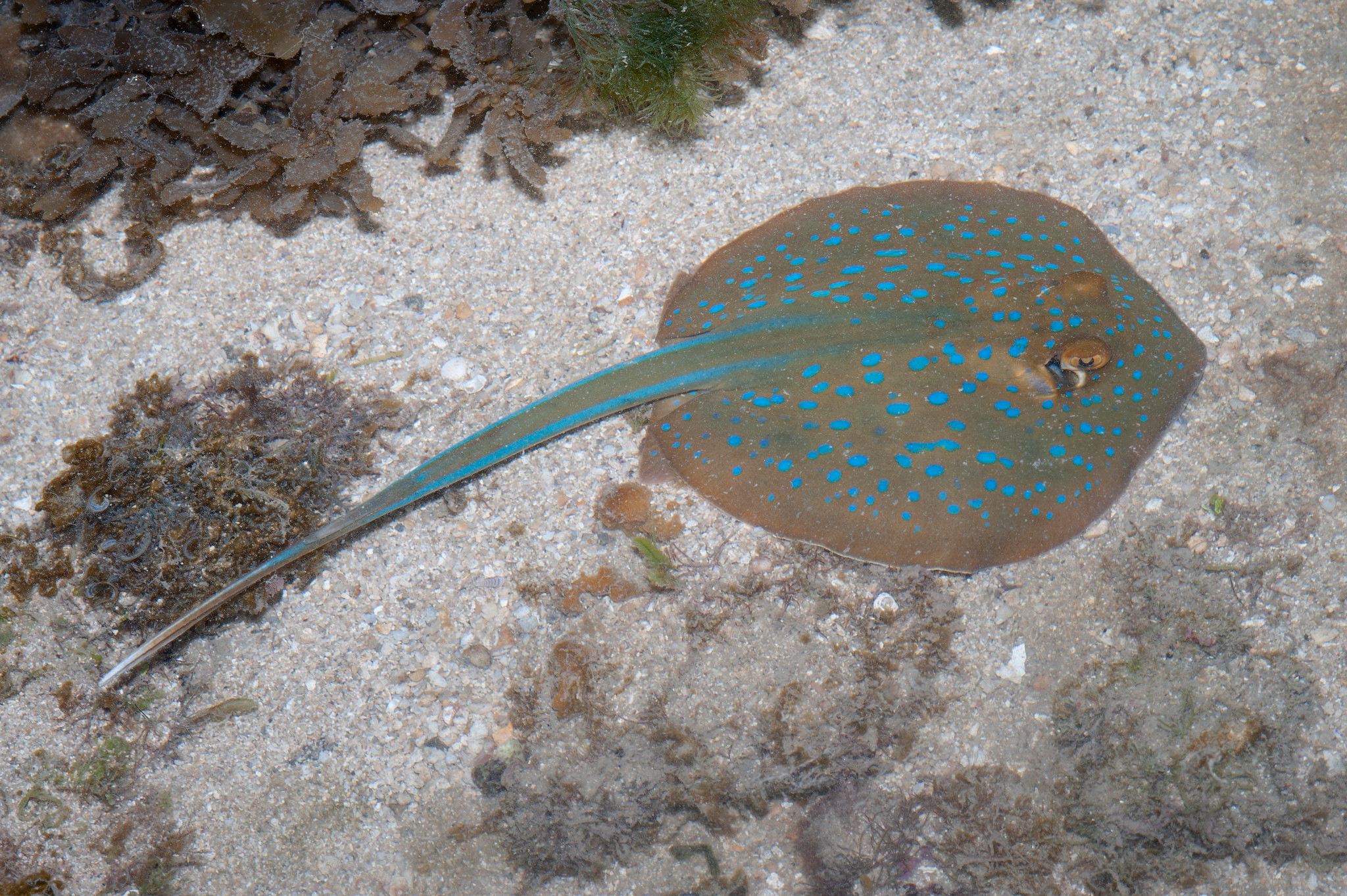
You will find this ray happily gliding over the sandy seafloors alongside sea turtles and other creatures.
It often lurks between gaps in seawall boulders to look for crabs and other crustacean prey.
Remember to keep a respectful distance from it because when it feels threatened, it may attack you with the venomous spines on its tail.
6) The Banded File Snake
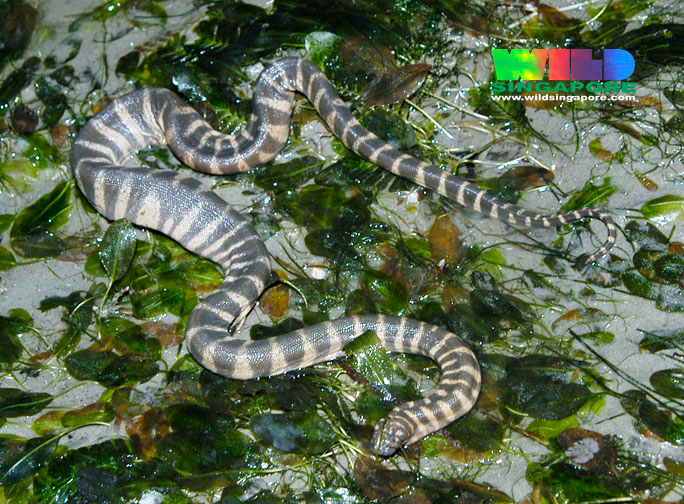
Also known as the Acrochordus Granulatus, this is not a poisonous snake that is often found swimming or slithering in Singapore’s marinas.
It has a different way of breeding as it gives birth to its young, instead of laying eggs.
You can find it on Singapore shores but there is no danger as it is almost helpless on land.
7) The Spotted Jelly
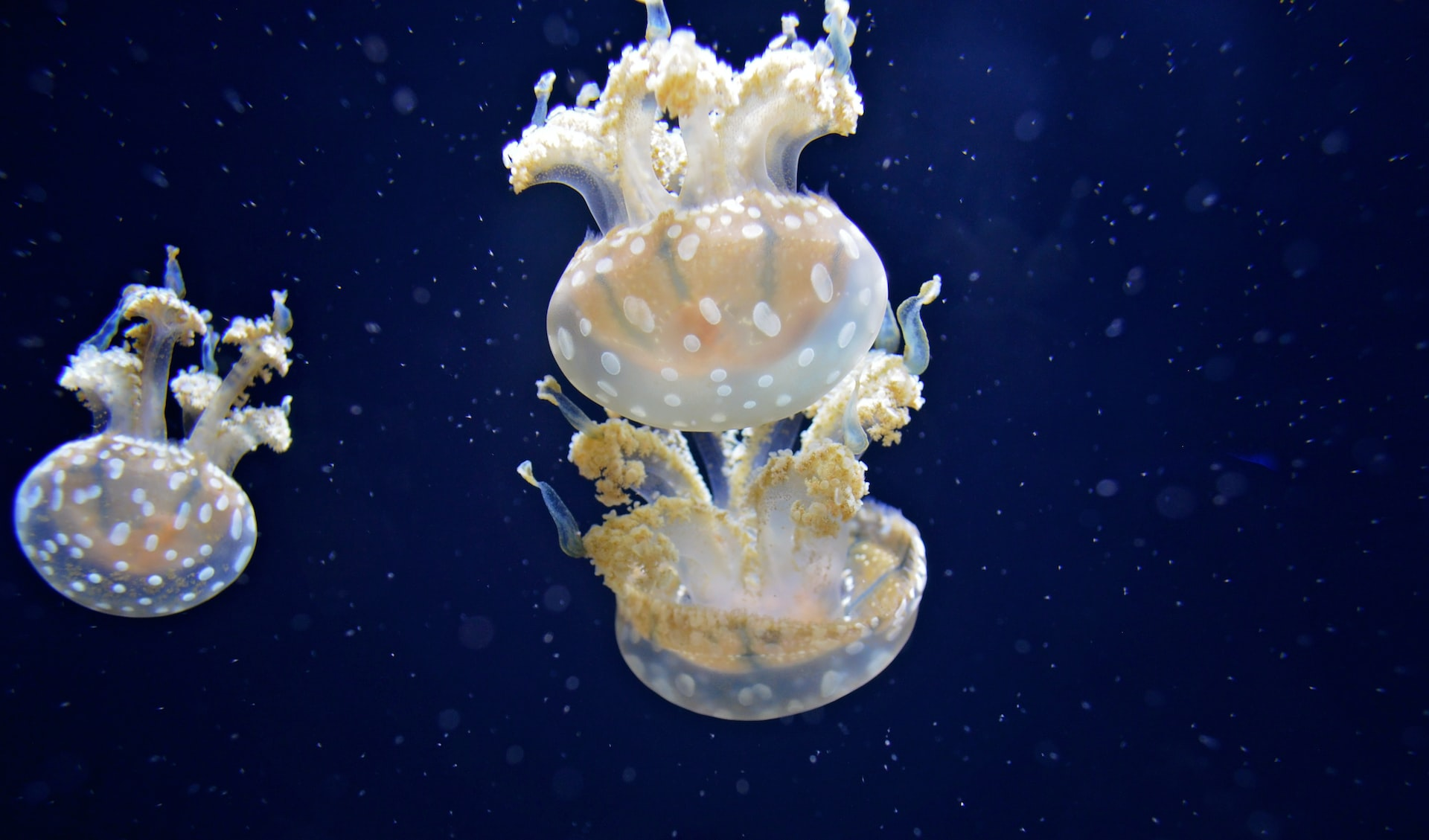
Also known as the Mastigias Papua, it is one of the many species of jellyfishes that can be found in Singapore.
It lives in symbiosis with zooxanthellae (a photosynthetic alga), with the jelly moving through the water column to find light for their zooxanthellae and the zooxanthellae providing nutrients to its host in return.
Jellyfishes are known for their sting which can deliver excruciating pain, therefore it is important to stay away from them when you come across one in the sea.
8) The Hawksbill Turtle
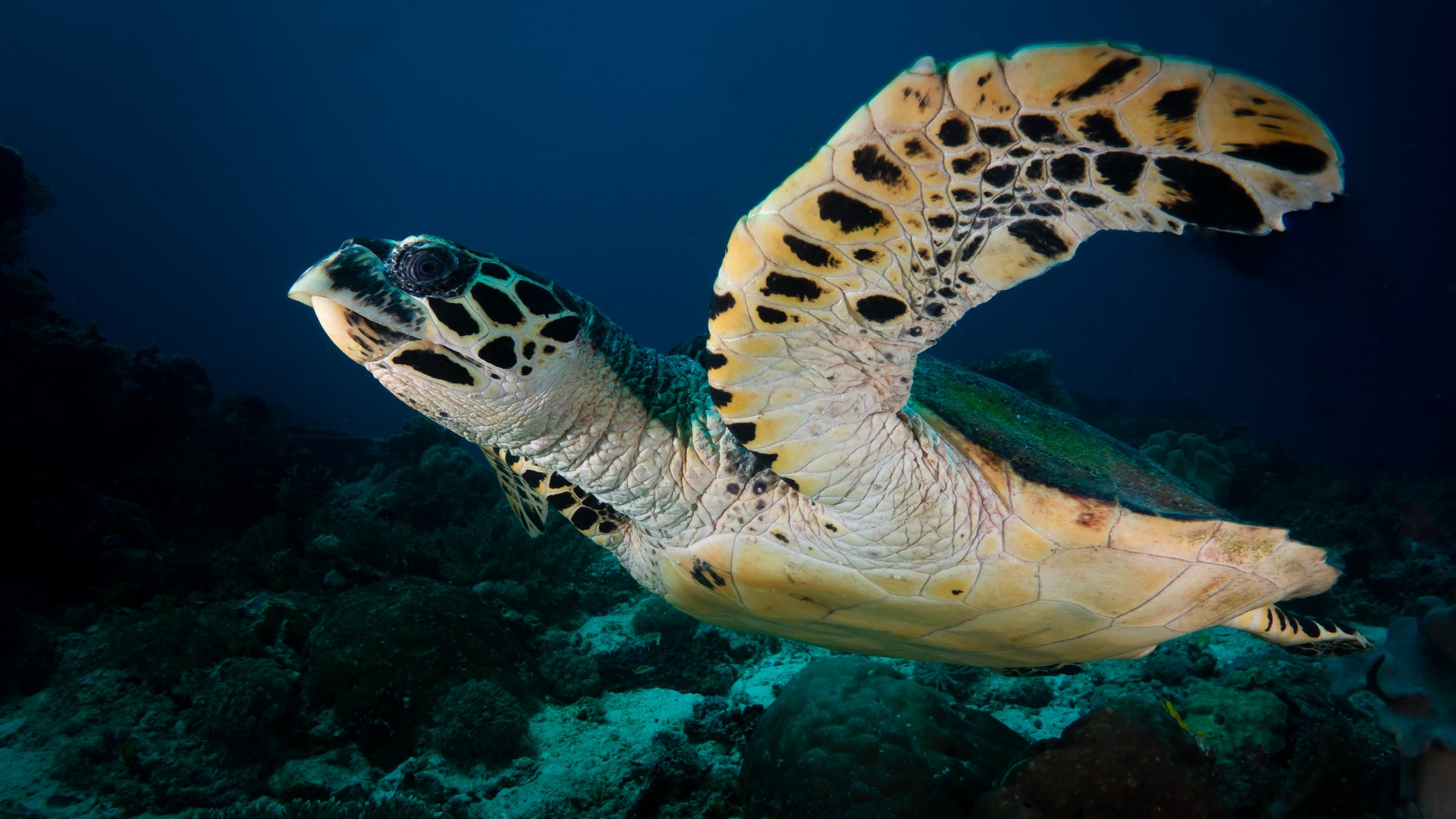
Also known as the Eretmochelys imbricata, it gets its name from its protruded upper jaw that forms its distinct pointed and curved beaked.
This unique feature allows it to reach into cracks and gaps between the marina’s structures to feed on hermit crabs or other crabs and crustaceans.
It is an endangered animal that may go extinct due to habitat loss in the future.
To counter this, Sisters’ Islands Marine Park, supported by HSBC was established by NParks in 2018.
The hatchery provides research opportunities for scientists to study local sea turtle populations. Over 80 turtle nests have been reported and more than 500 hatchlings released since 2017.
9) Saltwater crocodile
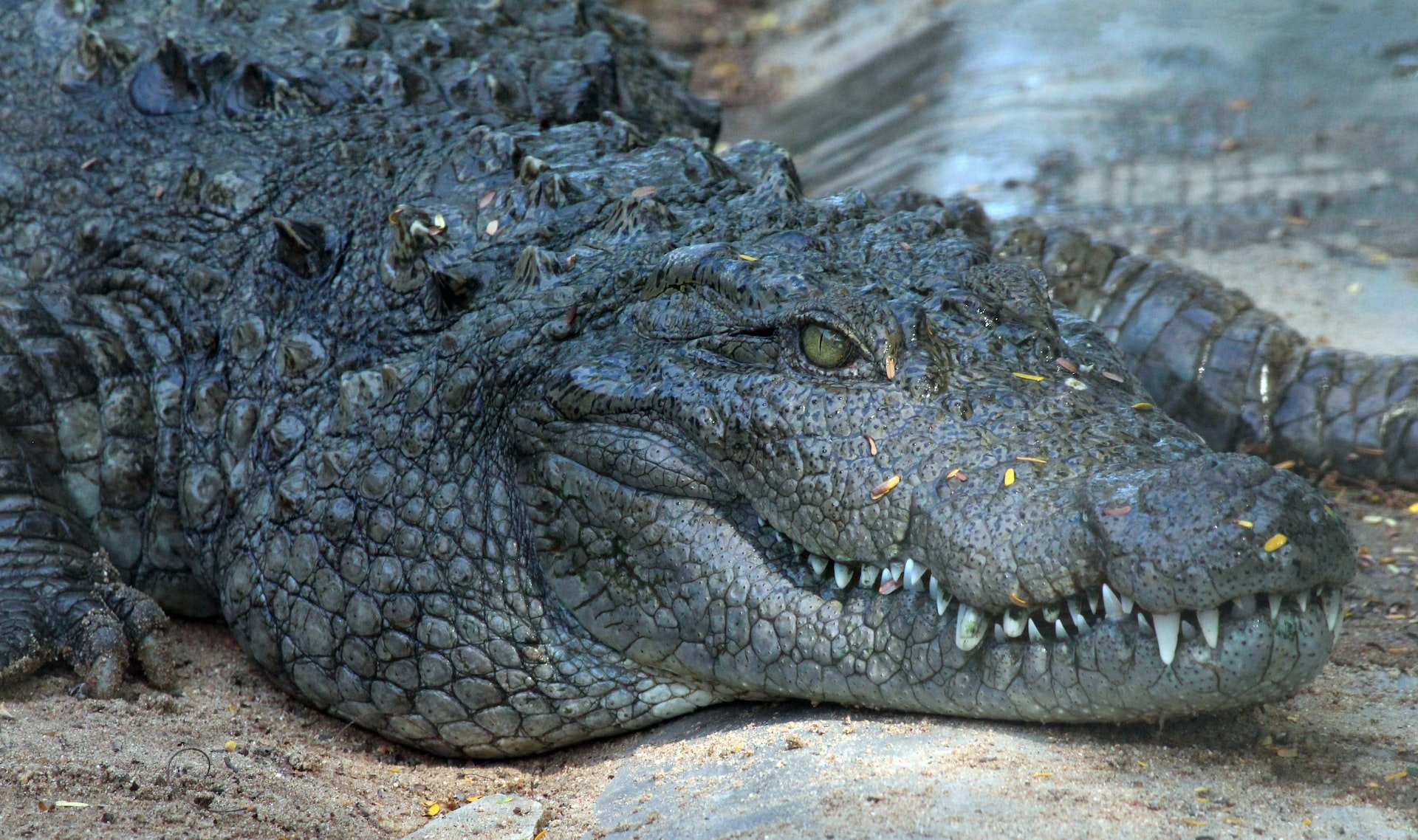
Also known as the Crocodylus Porosus Scheneider, its long snout and compressed muscular tail become its defining feature among other crocodiles.
You will find it during the day basking at the water’s edge or concealed amongst the vegetation in the river.
It hunts at night for smaller creatures such as fish and even consumes any dead flesh found nearby.
The eggs are laid in a specially constructed nest of vegetation and savagely guarded by the female.
They have been found in estuaries, rivers, and reservoirs. The Sungei Buloh Wetland Reserve and Pulau Tekong have an abundance of these creatures that continue to live amongst the mangroves.
10) Bull sharks
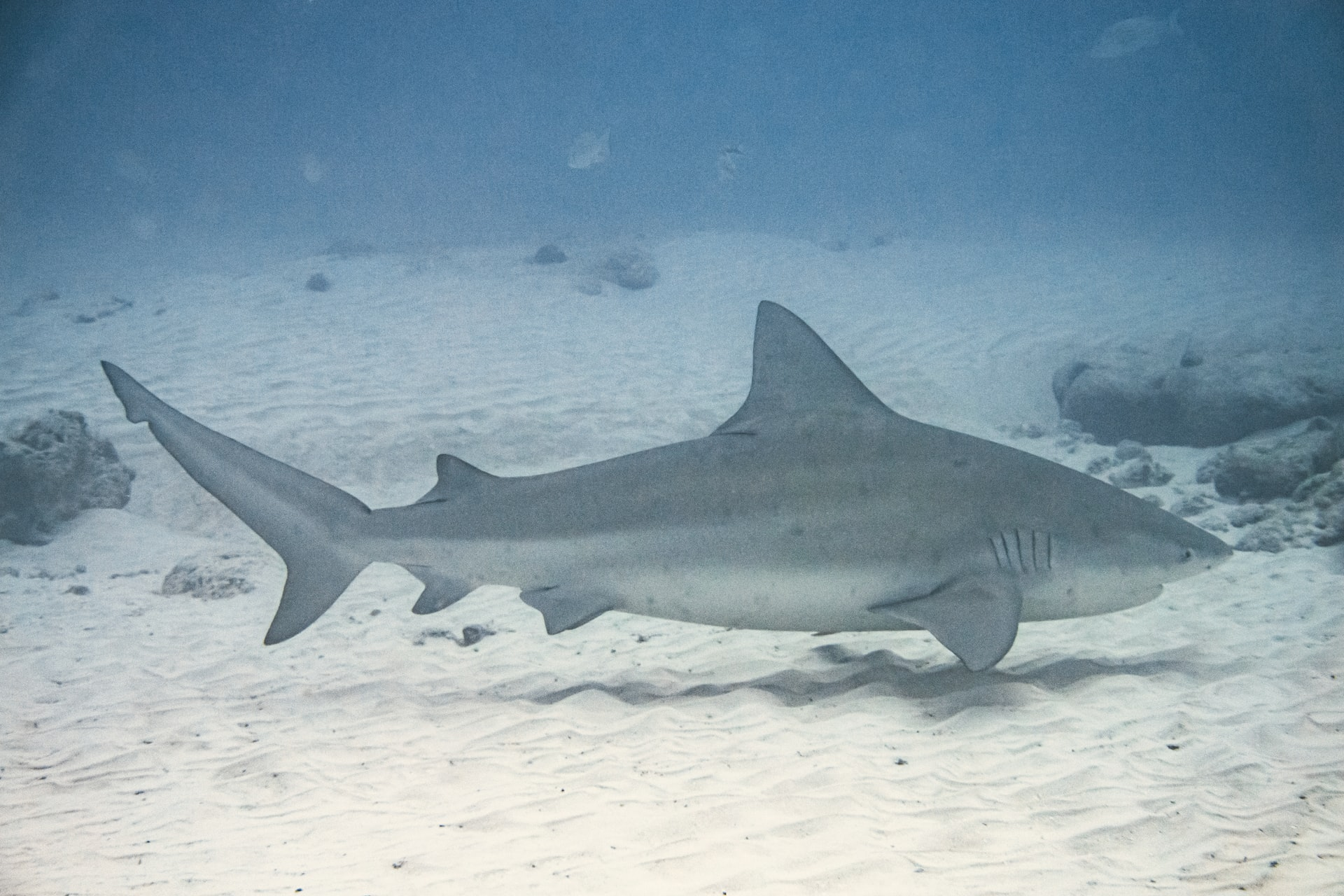
Known as one of the most deadly sharks in the world, it has been known to swim along the coastline of Singapore shores.
Bull sharks live throughout the world, often found in shallow, warm ocean waters.
They have also been known to swim up into freshwater rivers as they have developed special adaptations where their kidneys function with the help of special glands near their tails helping them keep salt in their bodies even when they are in freshwater.
Humans are not their usual prey but they will eat almost anything.
Bull sharks even eat other sharks and they hunt during the day and at night.

